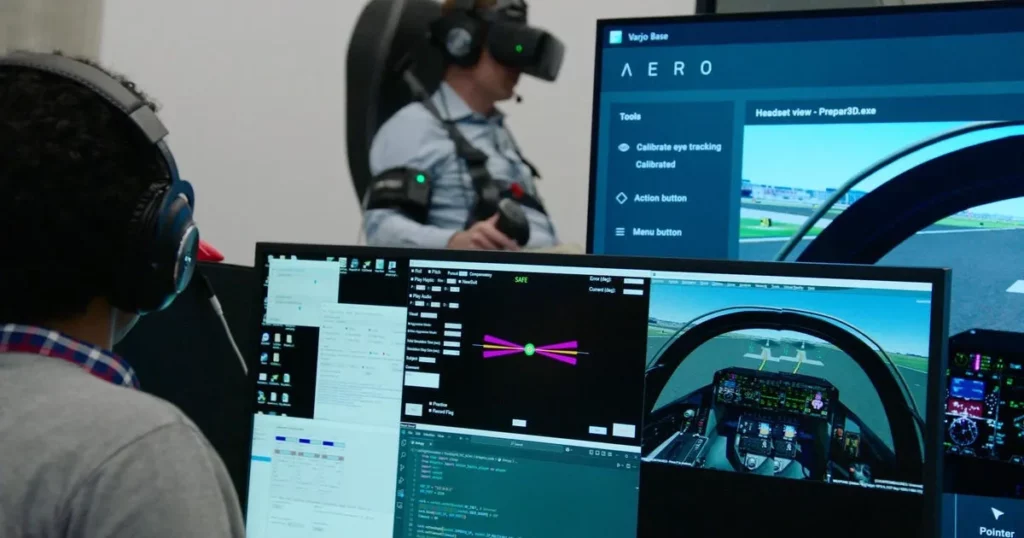
How New Technology Could Avoid Pilot Disorientation, Improving Aviation Safety
Pilot disorientation is a serious concern in the aviation industry, causing 5% to 10% of all general aviation accidents. In an effort to address this issue, researchers at the University of Maryland are working on a revolutionary new flight suit that utilizes vibrations to prevent pilots from becoming disoriented.
The team behind this innovative project aims to develop a wearable technology that can detect when a pilot is starting to feel the effects of disorientation and take corrective action before it’s too late. By providing subtle vibrations, the suit would stimulate the pilot’s senses and help them regain their bearings, ultimately preventing accidents caused by loss of spatial awareness.
The potential impact of this technology on aviation safety cannot be overstated. According to CBS News senior transportation correspondent Kris Van Cleave, the Federal Aviation Administration (FAA) has stated that disorientation is a leading cause of general aviation accidents, highlighting the urgent need for a solution like this new flight suit.
While traditional methods of avoiding pilot disorientation rely heavily on visual and auditory cues, this new technology offers a more holistic approach. By engaging multiple senses simultaneously, the vibrations from the suit could help pilots maintain situational awareness even in the most challenging flying conditions.
As the aviation industry continues to evolve at an unprecedented pace, it’s crucial that we prioritize innovation and advancements like these. The potential for improved safety and reduced risk of accidents is undeniable, and it’s essential that we support researchers and developers working tirelessly to make our skies safer.
With this cutting-edge technology on the horizon, pilots and passengers alike can rest assured that their lives are in good hands – or should I say, in good suits?
Source: www.cbsnews.com


